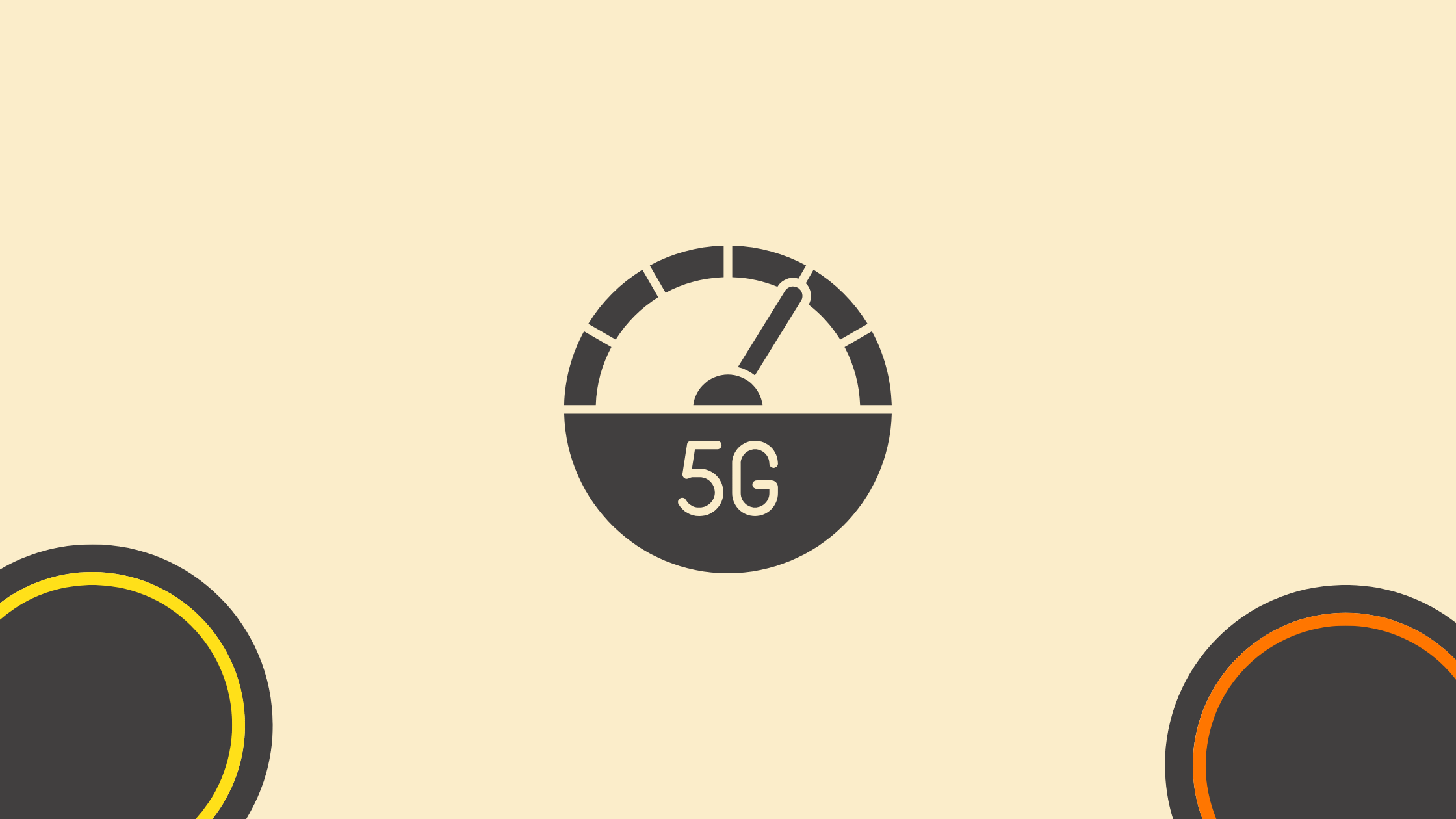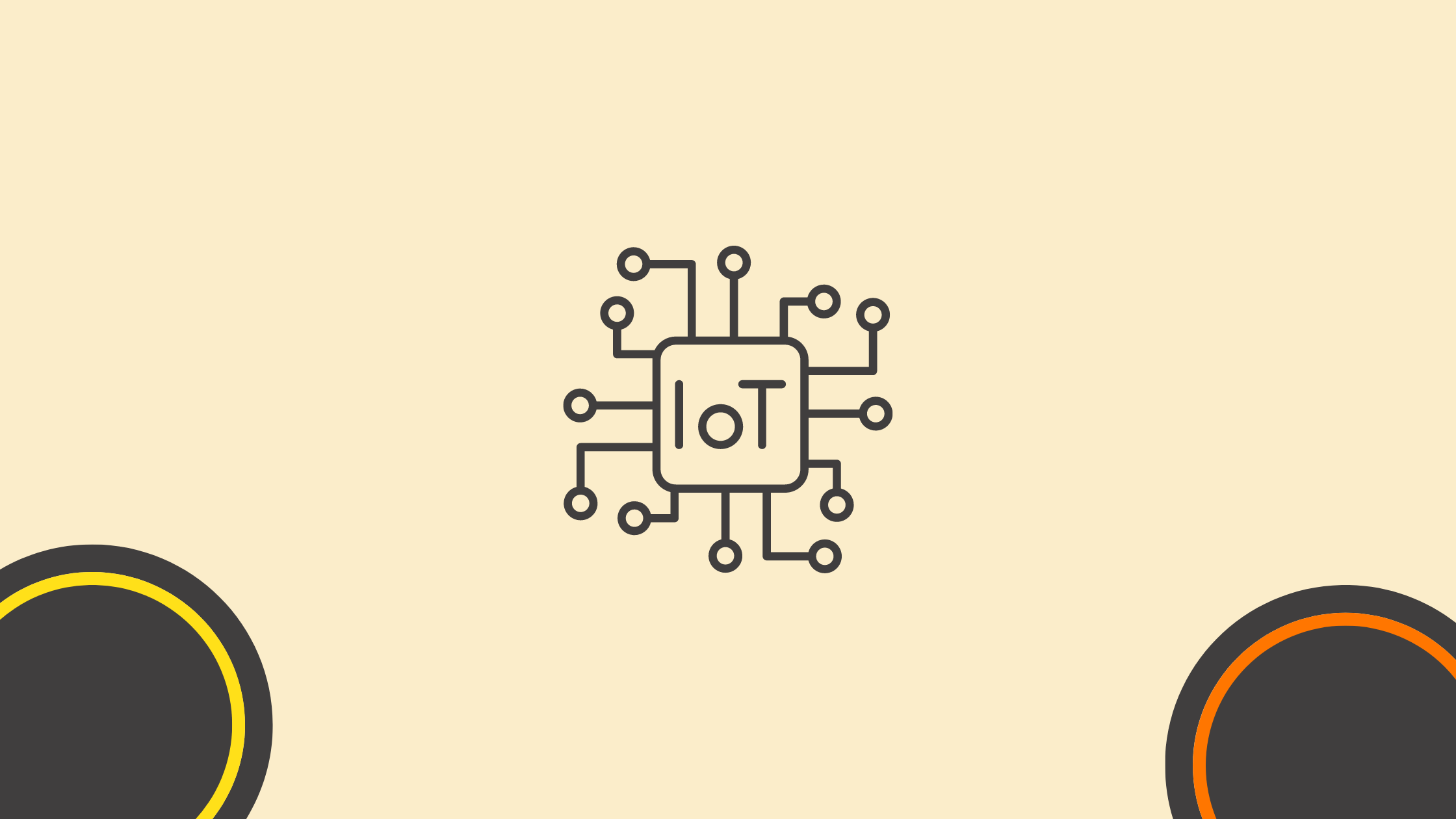The Impact of 5G on Virtual Interactions
5G technology has shown up and will bring a massive change to virtual interactions with fast speeds, unprecedented reliability, and unparalleled ability for wireless networks. 5G, which stands for the fifth generation mobile network, is more like an upgrade with full packages of wider improvements entirely in different dimensions and a high forensic rate that will shape most parts of our digital world. From individual and public augmented reality (AR) experiences to ubiquitous telecommuting and telesurgery/telemedicine, 5G will contribute significantly to how we connect virtually with other beings. So, as a follow-up to that, we are going to explore how 5G will change virtual interactions and what you can expect from it.
Chapters
Enhanced Speed and Reduced Latency

Faster speed and less latency are some of the biggest pros of 5G tech. The 5G presence is expected to allow for download speeds up to 100 times faster than what would currently be available on a typical LTE band, promising immediate downloads and incomparable streaming. It will lower latency (i.e., the delay before a transfer of data begins) down to one millisecond. Such significant latency reduction is vital for real-time applications like online gaming, AR (Augmented Reality), VR (Virtual Reality), etc., where any reasonable delay can affect user experience.
With 5G, virtual interactions will become more fluid and natural. Video calls will be clearer and more stable, with fewer interruptions and buffering issues. This improvement will enhance remote work and collaboration, allowing teams to communicate more effectively, regardless of their physical location. High-definition video conferencing will become the norm, making virtual meetings feel more like in-person interactions.
Advancements in Augmented and Virtual Reality
5G’s high speed and low latency will significantly impact augmented reality (AR) and virtual reality (VR) technologies. These immersive technologies require substantial data transfer and minimal latency to function effectively. With 5G, AR and VR applications will become more accessible and practical for everyday use.
In the realm of virtual interactions, this means more realistic and engaging experiences. Virtual meetings and events will take place in fully immersive environments, allowing participants to interact with 3D objects and virtual avatars as if they were physically present. This capability will revolutionize industries such as education, where virtual classrooms and laboratories can provide interactive and experiential learning opportunities.
The entertainment industry will also benefit from 5G-enabled AR and VR. Virtual reality concerts, sports events, and the theater will be more engaging, allowing viewers to feel as if they were in the front row of the action, all from the comfort of their homes. AR and VR capabilities will be incorporated into social media, allowing users to share an awe-inspiring or full walk-in experience, once again enhancing virtual socialization.
Improved IoT Connectivity

The Internet of Things (IoT) refers to the interconnected network of devices that communicate and share data. 5G technology will greatly enhance IoT connectivity by supporting a higher density of connected devices and facilitating faster data transfer. This improvement will lead to smarter homes, cities, and workplaces where devices can seamlessly interact and respond to users’ needs.
In the context of virtual interactions, IoT connectivity will enable more intuitive and responsive environments. Smart offices equipped with IoT devices can create more efficient and collaborative workspaces where lighting, temperature, and other environmental factors adjust automatically based on user preferences and activities. Virtual assistants and smart devices will become more integrated into our daily routines, assisting with tasks and enhancing productivity.
Expansion of Telemedicine and Remote Healthcare
Treated in medical services and making care delivery easier for healthcare professionals, 5G technology will revolutionize telemedicine or remote health. Faster speeds and data transfer delivered by 5G networking should allow for real-time transmission of higher-resolution imaging video with increased speed over previous generations to enable remote diagnosis & treatment.
Virtual consultations with doctors will be widespread and powerful, Especially in rural areas where remote access to medical facilities is rare. Tracking of key health details will be possible through these wearable gadgets and patients’ history, which means doctors would have a real time flow of patient data where they can track progress prior to the consult, manage the chronic disease more proactively, or respond emergently when lives are at stake.
Enhanced Remote Work and Education
The need for fast Internet connectivity has been felt very harshly during the COVID-19 pandemic, with people working from home and students going to school online at an unexpected pace. With 5G technology, this will turn into more real-time and immersive virtual interactions where being able to access these in a faster, smoother manner than is available right now means more effective remote work and learning.
Remote work will benefit from high-quality video conferencing software, real-time collaboration tools, and seamless access to cloud-based applications and data. Virtual reality meetings and collaboration spaces will become viable alternatives to physical office spaces, fostering a sense of presence and engagement among remote teams.
In education, 5G will support interactive and immersive learning experiences. By leveraging AR and VR learning apps within these virtual classrooms, the experience can feel more real – similar to experiencing environments and scenarios experienced in real world settings that require students to actually do things. It’s obviously an interesting, interactive way to give practical exposure to teachers as they can go on field trips, perform experiments with virtual classrooms, and more.
Conclusion
The reach of 5G in virtual interactions is already changing – you can expect many things to improve, and how we connect with each other improve. Increased speed and decreased latency will bring less friction to virtual interactions, making them feel more natural. They will also blend the digital with reality via plenty of AR solutions or VR for a fully immersive experience. More IoT, smarter environments; demand for telemedicine and remote healthcare to grow. Above all, 5G support for remote work and education will also bring the level of connectivity required to make virtual interactions credible.
With the advent of worldwide 5G coverage and more dynamic interactive communication, a Utopian era for virtual digital interactions will soon be arriving, which is going to change – How we live? How do we work?, And how do we connect with each other and across billions of connected devices over the internet?
Other Interesting Articles
- AI LinkedIn Post Generator
- Gardening YouTube Video Idea Examples
- AI Agents for Gardening Companies
- Top AI Art Styles
- Pest Control YouTube Video Idea Examples
- Automotive Social Media Content Ideas
- AI Agent for Plumbing Business
- Plumber YouTube Video Idea Examples
- AI Agents for Pest Control Companies
- Electrician YouTube Video Idea Examples
- AI Agent for Electricians
- How Pest Control Companies Can Get More Leads
- AI Google Ads for Home Services
Master the Art of Video Marketing
AI-Powered Tools to Ideate, Optimize, and Amplify!
- Spark Creativity: Unleash the most effective video ideas, scripts, and engaging hooks with our AI Generators.
- Optimize Instantly: Elevate your YouTube presence by optimizing video Titles, Descriptions, and Tags in seconds.
- Amplify Your Reach: Effortlessly craft social media, email, and ad copy to maximize your video’s impact.